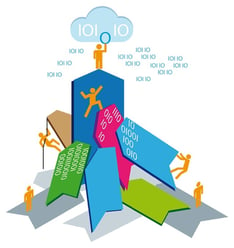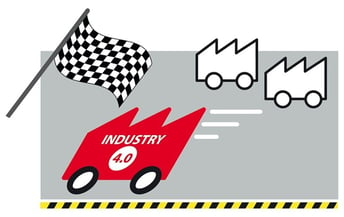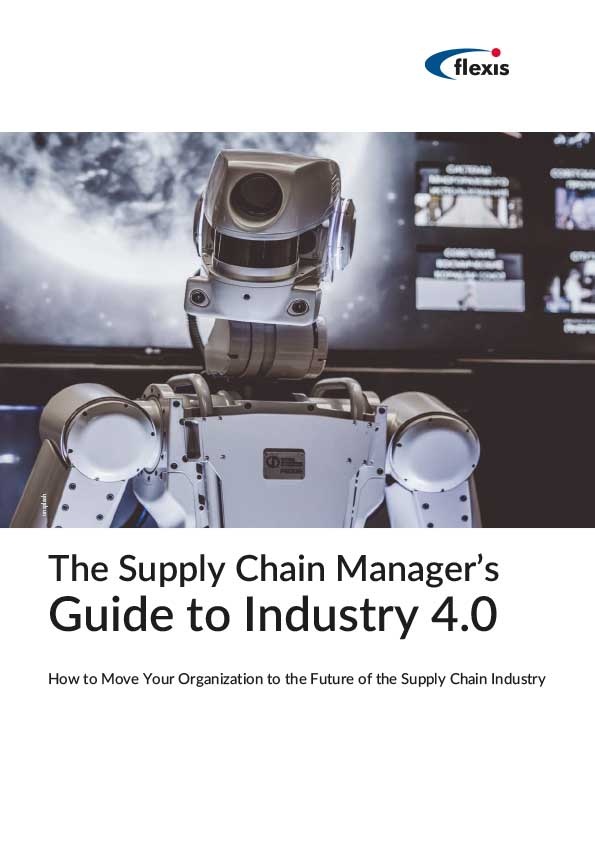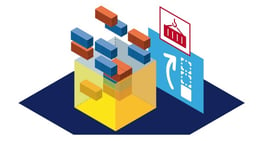The Best of 2017: Our Top 5 Blog Posts of the Year
Nick Ostdick - December 28, 2017
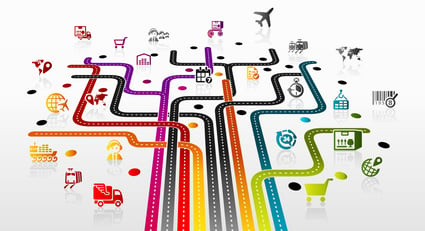
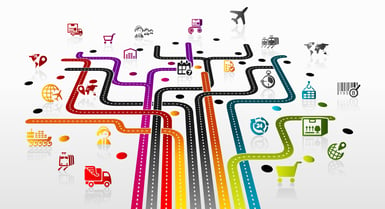
As the year draws to a close, we at flexis look forward to a new year's worth of innovation and insight as we renew our commitment to keeping readers informed on the new challenges and solutions that define the ever-changing world of supply chain management. 2018 promises to be even more exciting than its predecessor and we promise to help our readers stay up to date on the arising trends that may impact their businesses.
Before we close the book on 2017, however, let's think back on some of the year's highlights. Here are our top 5 most-read blog posts of 2017:
5. How Industry 4.0 Has Changed Global Supply Chain Management
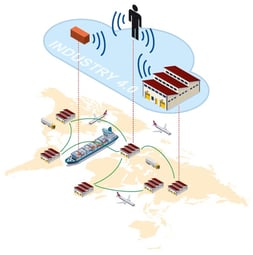 Think about the idea of a blueprint. Essentially, a blueprint is set of plans designed to help carpenters, electricians, plumbers, and others in the construction industry create a building, facility, or space. The blueprint provides various players in the construction of the building with the parameters, constraints, and variables necessary to complete the job on-time and ensure the structure is in sound condition. Now, let’s think about Industry 4.0 in today’s automotive and manufacturing supply chain. By combining such existing processes or platforms like planning, production, warehousing, and transportation into a digital, integrated, Industry 4.0 is a blueprint for a completely optimized production sequence that resonates across each touch point of the value chain, fromthe factory floor to the customer’s door. Read more.
Think about the idea of a blueprint. Essentially, a blueprint is set of plans designed to help carpenters, electricians, plumbers, and others in the construction industry create a building, facility, or space. The blueprint provides various players in the construction of the building with the parameters, constraints, and variables necessary to complete the job on-time and ensure the structure is in sound condition. Now, let’s think about Industry 4.0 in today’s automotive and manufacturing supply chain. By combining such existing processes or platforms like planning, production, warehousing, and transportation into a digital, integrated, Industry 4.0 is a blueprint for a completely optimized production sequence that resonates across each touch point of the value chain, fromthe factory floor to the customer’s door. Read more.
 4. 5 Key Elements of Industry 4.0
4. 5 Key Elements of Industry 4.0
3. Key Challenges in the Digitization of Supply Chains
Digitization. If there’s one major buzzword in today’s global supply logistics, it may be digitization. But the movement toward an end-to-end (E2E) digitally-driven supply stream is more than simply the flavor of the day; rather, it represents a fundamental shift in the way planners and managers oversee and deploy their planning and production processes. Read more.
 2. The Impact of Industry 4.0 on the Automotive Industry
2. The Impact of Industry 4.0 on the Automotive Industry
When Henry Ford introduced the assembly line in 1913, he ushered in the second Industrial Revolution — and upended the automotive industry. Now a century later, thanks to the concept of Industry 4,0, the automotive industry is again making a dramatic shift. Industry 4.0 has been a boon to the automotive industry, streamlining operations and offering new business opportunities. Read more.
1. 5 Competitive Advantages of Embracing Industry 4.0
The widespread introduction of Industry 4.0 in the automotive supply chain has been a truly disruptive force for planners and managers in rethinking how they conceive of intelligent supply chain management. With an emphasis on lean manufacturing principles, Industry 4.0 has not only pushed OEMs, manufacturers, and suppliers to adopt more streamlined planning and production practices, but it also provides companies with more holistic, robust reporting capabilities to better serve demand planning, forecasting, and modeling platforms. Read more.
As you can see, one of the most important facets of supply chain managment we covered in 2017 was the rise of Industry 4.0, with more on that topic sure to follow in 2018. Be sure to download flexis' Supply Chain Manager's Guide to Industry 4.0:
LATEST POSTS
- Understand Circular Economy in The Manufacturing Industry
- How Can Industry 4.0 IT Integration Be Achieved Smoothly?
- The Significance of Order Sequencing in Discrete Manufacturing
- How to improve your Supply Chain Management: The Power of Control Towers
- Optimizing Human Resource Scheduling in Manufacturing: A Technological Approach
